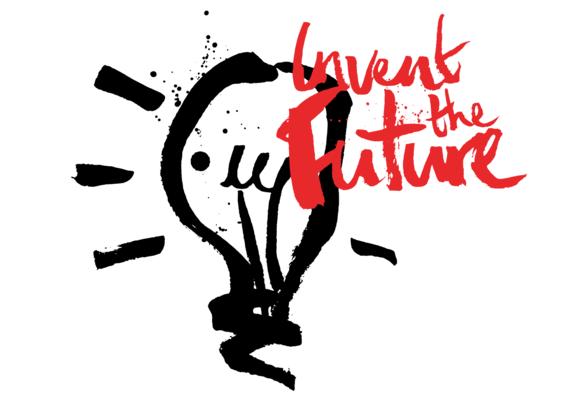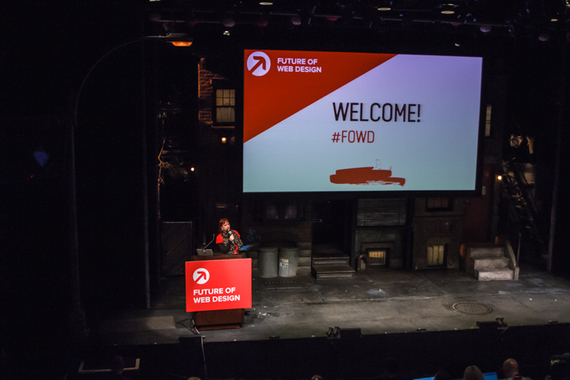
Credit: FOWD
Co-authored by Crystal Theresa Ejanda
"It doesn't matter how amazing the steak is, if it's served on a cold plate, it's crap. If it's served with a dull knife, it's crap. If the gravy isn't piping hot, it's crap. If you're eating it on an uncomfortable chair, it's crap. If it's served by an ugly waiter who just came in from a cigarette break, it's crap. Because I care about the steak, I have to care about everything around it."
-- Chef Gordon Ramsay
Over three days in October, we had the pleasure to attend Future Insight's The Future of Web Design conference in San Francisco and immerse ourselves in the world of web designers and developers to learn the best principles of design thinking.
We learned how companies like Tesla and Slack nail the small details and how changing a button increased a company's bottom line by $300 million. We heard quotes by legendary American designer Charles Eames, who once espoused, that, "the details are not the details. They make the design." "Functionality doesn't need to sacrifice beauty," we heard. Shift the need to do something to a want to do something, said Jon Setzen, a designer from Los Angeles.

Credit: Yareb Rojas
The lessons we learned can be applied not only to web design, but any occupation and field. As long as you serve customers, users, or clients and have a product or service. We have distilled the five key insights from the conference.
Empathy
Keep your customers at the forefront and advocate for them. Pay attention to how they are using your product and their wants and needs. Strive to make your product usable and accessible for as many people as possible, including those with disabilities and who use assistive devices.
Insight
Know your goals and define the criteria for success before asking questions. Encourage and actively solicit feedback. Use both quantitative and qualitative data, and know that the most measurable data isn't always the most valuable. Find the most useful information and come up with actionable insights that will serve your customer. This, in turn, will help you make the best improvements and make the most impact.
Process
Think about the culture and practice of your work and be intentional in carrying this through. Document and maintain your principles, practices, and guidelines. Have a single source of truth. Use an iterative approach when executing your work plan to allow for discovery and flexibility. Find the tools and that will best keep you in your creative flow, rather than using those that will impede it.
Innovation
Consider making this a part of your normal workflow. Don't overthink it and talk yourself out of trying new things. Figure out what will make the biggest impact with the smallest amount of work.
Engagement
Focus on engagement and on how customers interact with your product. This is how you build relationships with your brand and product and foster retention. When conceptualizing ideas and determining features, map out the customer's goals and problems and how your product provides both the solution and added value. Think about how your presentation/layout serves your content. Keep both beauty and functionality in mind. You should not only help people do what they need to do, you should also strive to bring them joy in the experience.
By valuing your customers and practicing empathy, you will learn what they need and want. Use these insights to make informed decisions, and execute them through an intentional and established process that allows opportunity for innovation. Keep this high-level goal in mind: to encourage and create meaningful behaviors and experiences for your customers that meet their needs and their desires.
This piece was co-authored by Crystal Theresa Ejanda and Patrick Daniel. Ejanda is a writer and web professional and works at the University of San Francisco, where she received her degree in English.
